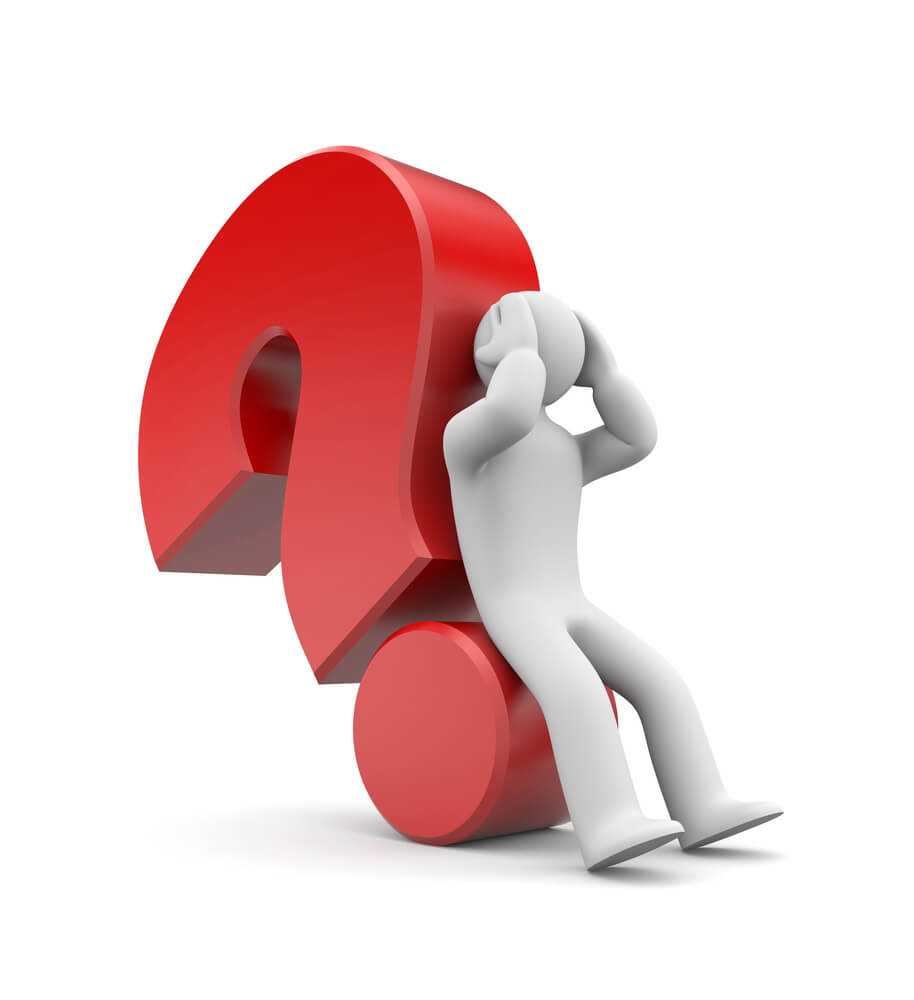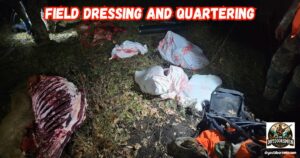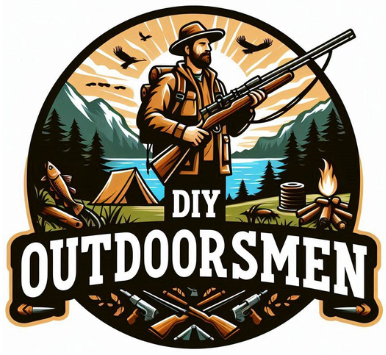Contents
- 1 Essential Practices for Bow Maintenance
- 2 Cleaning Your Bow for Optimal Functionality
- 3 Proper Storage to Prevent Damage
- 4 Regular Inspection: Detect Damage Early
- 5 Caring for Your Bowstring
- 6 Maintaining the Cam System
- 7 Grip and Overall Bow Stability
- 8 Frequently Asked Questions
- 9 Bow Maintenance Conclusions
Maintaining a bow for reliable performance involves routine care that covers cleaning, storage, inspection, and proper attention to individual components like the bowstring, cam system, and grip. I have learned through my own experience that regular maintenance makes a strong difference in how long a bow stays accurate and responsive. This article explains the key practices to keep your bow in excellent condition and ready for use whenever you need it.
QUICK LOOK: Hunting Bow Maintenance Tips
- Cleaning: Cleaning is one of the simplest yet most important tasks when it comes to bow maintenance. I always use water and avoid harsh chemicals to ensure that no damage is done to the delicate materials.
- Proper Storage: Correct storage is essential to avoid damage caused by environmental factors such as moisture or extreme temperatures. I store my bow lying down in a cool and dry place. This practice prevents unnecessary pressure points on the limbs and keeps the bow in its designed shape.
- Regular Inspection: inspect your bow regularly to catch any signs of wear or damage early on. Early detection makes it easier to address minor issues before they require major repairs.
- Bowstring Care: keeping the bowstring lightly waxed greatly improves its durability and responsiveness. Applying a light coat of bowstring wax every 100 to 200 shots helps maintain its integrity and reduces friction during release.
- CAM Maintenance: apply a small amount of lubricant to the axles and bearings every 500 to 1000 shots. This routine helps reduce friction and ensures that the cams continue to rotate smoothly under pressure.
- Grip Maintenance: If the grip starts to show signs of wear or if it feels loose, it should be replaced or adjusted promptly. In some cases, simple adjustments or a light cleaning can restore firmness and improve the bow’s stability during shooting.
Essential Practices for Bow Maintenance
I have stumbled upon that a well-maintained bow performs more consistently and lasts longer. I’m still shooting a bow I purchased in the early 1980s. Regular care includes several routines such as cleaning, safe storage, detailed inspection, and careful treatment of each component. These practices not only improve your shooting experience but also help prevent costly repairs or premature replacements.
Paying attention to small details has taught me that even minor issues can lead to performance problems over time. The main areas you need to focus on include cleaning the bow and its components, storing it in a proper environment, inspecting it regularly for signs of damage, and giving special care to the bowstring, cam system, and grip. Taking the time to check each part ensures that nothing is overlooked and that your equipment keeps performing reliably.
Beyond the basic routines, it is important to develop an all-in-one maintenance habit. Investing extra minutes after each session to carefully examine every detail can save you from future headaches. Over time, these simple actions add up, offering a more predictable and enjoyable shooting experience. Many archers find that combining hands-on care with regular check-ups is the key to long-lasting performance.
Cleaning Your Bow for Optimal Functionality
Cleaning is one of the simplest yet most important tasks when it comes to bow maintenance. I always use water and avoid harsh chemicals to ensure that no damage is done to the delicate materials. Water is usually sufficient to remove dirt and debris after each session, and it avoids the risk of corroding metal parts.
When cleaning your bow, use a soft cloth to gently wipe down the bowstring. After every use, a soft cloth removes any residue that may affect performance. Similarly, I use a soft brush to carefully clean the cam system and remove any buildup of dirt or dust that can interfere with smooth operation. The bow hair also benefits from regular cleaning to remove any rosin buildup, ensuring that friction remains minimal and performance stays steady.
- Bow Body: Wipe the entire surface with a damp cloth to remove dust and moisture. Avoid using strong solvents that might weaken the finish or damage the materials.
- Bowstring: Use a soft, dry cloth immediately after shooting sessions. This helps prevent string wear and the accumulation of grit that can deteriorate its integrity.
- Cam System: Lightly brush the cams with a soft brush to remove dirt and rosin particles. Consistent cleaning preserves the smooth rotational movement of these mechanical parts.
Over the long haul, maintaining a regular cleaning routine has helped me avoid performance issues and keep the bow’s parts in better shape. Clean components work efficiently and reduce wear and tear during use. It is worth taking extra time on cleaning days to recheck problem areas, ensuring that any residue or buildup is completely removed. This extra effort makes for a more eye-catching performance when you need to rely on your bow under pressure.
Additionally, I have found that keeping a cleaning log or routine checklist helps in ensuring every part of the bow gets the attention it requires. This personal system gives a boost of confidence before every session, knowing that every component is in prime condition.
Proper Storage to Prevent Damage
Correct storage is essential to avoid damage caused by environmental factors such as moisture or extreme temperatures. I store my bow lying down in a cool and dry place. This practice prevents unnecessary pressure points on the limbs and keeps the bow in its designed shape.
I always use a bow case or bag for extra protection. A good case not only protects your bow from dust and moisture but also reduces the risk of accidental knocks or abrasions. High temperatures can be very important to avoid, so I steer clear of storing my bow in areas like the trunk of a car or near heat sources. Keeping my bow in a controlled environment means it retains its integrity over time.
When storing the bow, it is equally important to ensure the environment is free from high humidity. Excess moisture can lead to corrosion of metal parts and damage to laminate materials. A cool, dry room or even a climate-controlled case is ideal for keeping your bow in top condition. I often add that monitoring the storage area can be a game plan to prevent issues before they arise, ensuring that changes in temperature or moisture are quickly addressed.
An extra tip is to periodically air out your bow if stored for long periods. This extra step not only prevents any lingering moisture from affecting components but also gives you an opportunity to inspect the bow for any early signs of wear. Taking these measures makes storing your bow a smooth and careful process.
Regular Inspection: Detect Damage Early
I make a point to inspect my bow regularly to catch any signs of wear or damage early on. Early detection makes it easier to address minor issues before they require major repairs. During an inspection, I look for things like varnish imperfections, laminate cracks, sharp-edged tips, and warped limbs. These issues can compromise both safety and performance if left unaddressed.
Checking components such as the bowstring and cam system is equally critical. I always inspect the string for any signs of wear, especially at the tips where the tension is highest. The cams should be checked for nicks or cuts that might lead to erratic rotation. A detailed inspection routine ensures that the bow continues to perform reliably during every use.
Adding to this, I often spend a few extra minutes twice a month to run a complete system check. This involves closely examining every surface and moving part, ensuring that even the smallest crack or irregularity is noted. Over time, these routine inspections save money and frustration while strengthening the bond between the archer and their equipment.
Writing down findings or even keeping a maintenance record helps in timing more in-depth repairs or replacements if needed. This methodical approach keeps me one step ahead of any potential problems.
Caring for Your Bowstring
The bowstring is one of the most critical components in a bow’s performance. I have learned that keeping the bowstring lightly waxed greatly improves its durability and responsiveness. Applying a light coat of bowstring wax every 100 to 200 shots helps maintain its integrity and reduces friction during release.
The wax prevents the string from becoming brittle or worn down by the repetitive impact of shooting. I always choose a wax that is well endorsed by other archers, ensuring it works well with my bow’s material. Regular waxing not only contributes to a smoother arrow release but also extends the overall lifespan of the bowstring.
In addition, gently unstringing the bow after long shooting sessions is a smart move. This practice prevents the string from staying under constant tension, which can degrade the fibers over time. A well-maintained bowstring leads to more consistent shooting performance and ensures that every arrow flies true.
I often recommend scheduling bowstring care as part of your overall maintenance routine. By treating the bowstring with care, you add to the overall longevity of the bow and maintain the high level of performance expected during competitions or practice. Extra attention to this detail can easily translate into noticeable improvements in accuracy and speed.
Maintaining the Cam System
The cam system is a complex assembly of moving parts that require careful attention. I apply a small amount of lubricant to the axles and bearings every 500 to 1000 shots. This routine helps reduce friction and ensures that the cams continue to rotate smoothly under pressure.
Lubrication is a simple yet effective method to keep these parts in optimal shape. I choose a lubricant specifically designed for archery equipment to avoid any unwanted buildup or grime. After applying the lubricant, I carefully inspect the cams for any signs of wear, such as scratches, nicks, or cuts. Regular checks make it easier to spot issues and correct them before they affect performance.
A smoothly operating cam system provides a consistent draw and release, which is crucial for hitting accurate targets. Including the cam system in my regular maintenance routine has helped me sidestep unexpected malfunctions and kept my shooting sessions predictable from start to finish.
If you want to take it up a notch, consider maintaining a small cleaning kit dedicated solely to the cam system. This kit might include a soft brush, a lint-free cloth, and the right type of lubricant. By doing so, you ensure that your cam system not only stays clean but also operates at next-level cool efficiency.
Grip and Overall Bow Stability
The grip is another part of the bow that needs occasional care to keep the overall assembly stable. If the grip starts to show signs of wear or if it feels loose, it should be replaced or adjusted promptly. I have experienced situations where a loose grip not only affected comfort but also interfered with the bow’s balance and overall performance.
Maintaining the grip often entails more than just replacement. In some cases, simple adjustments or a light cleaning can restore firmness and improve the bow’s stability during shooting. I routinely check the grip for any signs of cracking or wear and address these issues before they become problematic.
A consistently firm grip is very important when it comes to handling your bow, especially during long shooting sessions or competitive events. When every component works in sync, you get a balanced feel that boosts confidence and precision. Over time, taking care of the grip can literally make the difference between a good shot and a great shot.
It also helps to periodically treat the grip with a maintenance product recommended by manufacturers, ensuring that the material remains supple and responsive to your touch. This extra step can really add to the overall stability of your bow during use.
Frequently Asked Questions

How often should I perform maintenance on my bow?
I recommend a quick inspection and cleaning after every shooting session. A detailed check, including the bowstring, cam system, and grip, should be done on a weekly or bi-weekly basis, depending on how often you use the bow.
What kind of cleaning agents are safe to use on my bow?
Using water and a soft cloth is typically enough for everyday cleaning. Avoid harsh chemicals as they can damage the bow’s finish and structural components.
Why is it important to wax the bowstring regularly?
Light waxing every 100 to 200 shots helps maintain the flexibility and durability of the string, reducing friction and wear from repeated use.
Is it necessary to lubricate the cam system even if it appears to work fine?
Regular lubrication of the cam system is advisable. It helps reduce friction buildup that may eventually lead to uneven rotation or damage, and periodic inspections allow you to plan maintenance before problems arise.
Can I leave my bow strung when not in use?
I always advise unstringing the bow after long periods of use. Keeping it strung under constant tension can overstress the limbs and the string, reducing the bow’s overall lifespan.
Bow Maintenance Conclusions
Reliable performance in a bow is closely linked to consistent and thoughtful maintenance. From regularly cleaning key parts with gentle methods to storing the bow in controlled environments, every step plays a very important role in ensuring steady performance. Wrapping up, by inspecting for damage and taking specific actions like waxing the bowstring and lubricating the cam system, I have seen firsthand that regular care prevents larger issues and extends the life of the bow.
Practical maintenance tips, such as gently wiping down components with water instead of harsh chemicals, following safe storage guidelines, and scheduling regular inspections, create a predictable routine that ensures every shot is consistent. My experience shows that a well-maintained bow not only performs reliably but also provides improved accuracy and comfort during use.
Every component of a bow deserves careful attention. Regular cleaning, cautious storage, and thorough checks of the bowstring, cam system, and grip all contribute to steady performance that archers can count on. I encourage everyone who uses a bow to adopt these maintenance practices, as the small tasks add up over time to significant improvements in both performance and safety.
Taking care of your bow might take a little extra time at the end of the day, but I have found that the benefits are well worth the effort. The routine care not only ensures safety and reliability but also boosts your enjoyment and confidence while shooting. With a well-maintained bow, each session becomes more predictable, and you have the peace of mind that your equipment is ready when you are.
Finally, remember that maintaining your bow is an ongoing process. Regular check-ups and extra attention to every detail are the secret ingredients that make a huge difference over time. By committing to these routines, you not only extend the life of your bow but also improve your overall shooting performance. Bottom line, smart maintenance is the key to enjoying the sport and achieving consistently accurate results.
Check Out Our Latest Articles:
- Complete Guide On Tracking Game Animals

- DIY 4-Step Guide To Field Dressing And Quartering A Deer

- Night Vision Binoculars For Nocturnal Hunting

- The Science Behind Camouflage Patterns For Deer Hunting

- Binocular Accessories For Hunters

- 9 Tips for Using Trail Cameras To Track Deer Movements

As always, stay safe, enjoy the journey and please try to leave it cleaner than you found it. If you have any comments, questions, ideas, or suggestions please leave them in the comment section below and I’ll get back to you ASAP. You can follow us on Facebook: Rex The Beach Angler, Instagram: thebeachangler7, Twitter: @AnglerBeach, and YouTube: Man Art Creations.
P.S. – Thanks so much for checking out our blog, we really appreciate it. Just so you know, we may receive a commission if you click on some of the links that appear on our site. This helps us keep our content free and up-to-date for everyone. We appreciate your support!



